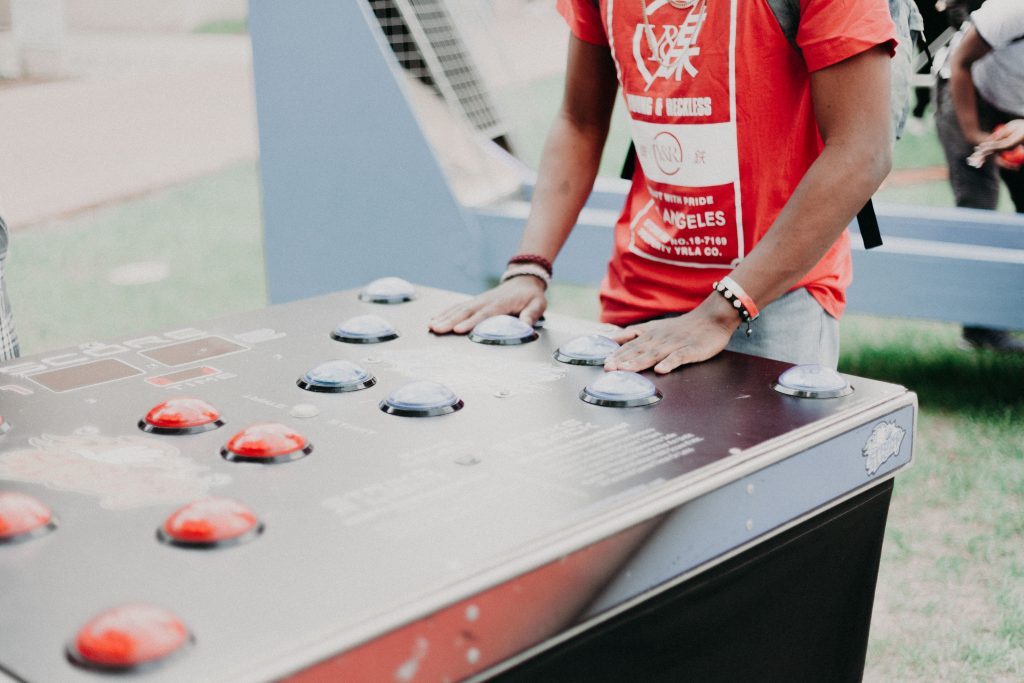Creative techniques for better innovation
It’s often when we’re relaxed or able to let our mind wander freely that we’re at our most creative.
How often has a good idea popped into your head seemingly at random when you’re walking the dog, listening to music or washing your hair? Then frustratingly when you set aside dedicated ‘thinking time’ those good ideas seem vanishingly far?
There’s a risk that the same can happen in innovation workshops, whether it be with consumers, or client audiences. When you’re taking the trouble to bring everyone together for a dedicated session, especially if it’s in person, it’s essential to engineer the right atmosphere to foster creativity.
But, how do we enable this, especially in an age of Zoom-fatigue and online workshops? Here we offer three practical suggestions.
1 / Foster purposeful playfulness
Dopamine (the happy hormone) plays a key role in creativity. The more dopamine that’s released the greater the chances of us having great ideas. Typical triggers for dopamine include taking a warm shower, exercising or driving home.
While not all of these activities are compatible with innovation workshops, the speed and observation-focused card game Dobble has long been a mainstay of the Incite workshop toolkit. Meanwhile, for a recent online workshop with an overseas team, we disrupted a potential afternoon slump with a quiz involving identifying zoomed in photographs of food – one of which looked suspiciously like earwax…
Although seemingly silly, the quiz played an important role in stimulating laughter and connection, which can be more challenging to create online. It shifted the energy of the session from jaded to joyful and gave everyone a break from thinking about a complex creative problem.

2 / Remember that less is more
While it can be tempting to immerse your audience in lengthy presentations of inspirational material, this can often prove counter intuitive, resulting in cognitive strain and a sense of overwhelm. No surprise, as a recent study suggests that the average Brit has an attention span of just 14 minutes – a figure which is likely to be similar in other markets too.
In a recent innovation workshop with a brand management team, we played to these cognitive biases, being ruthless with our material and sharing only the most important trends and examples. The result was much higher engagement with the material we shared, with participants taking inspiration from the content in their final ideas.
3 / Let it percolate
Finally, we’ve recently been learning about the Extreme Prototyping innovation technique. Beautifully simple, it involves placing a seemingly unrelated object (such as a sellotape dispenser, packet of tissues or eyelash curler) and telling them that it’s (for example) a laundry product. And then simply letting the thoughts percolate for a week, seeing what spontaneous and creative ideas the object sparks when the mind is given time to wander.
This space to think and ponder is similar to the ‘incubation periods‘ or distractions after long hard thinking, which Harvard researcher Shelly Carson describes as essential for creativity.
If Extreme Prototyping reminds you of the good old ’50 uses for a paperclip’ exercise, then that’s no surprise. All three are simple, low tech but effective interventions which we’ve been exploring recently to create more creative and impactful innovation workshops.
Get in touch to find out how we can help your team harness their creative side to create transformative innovations.




